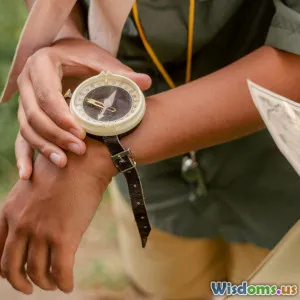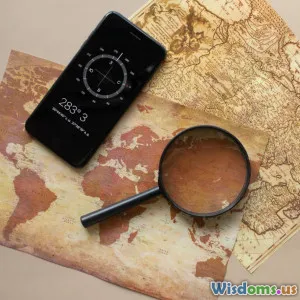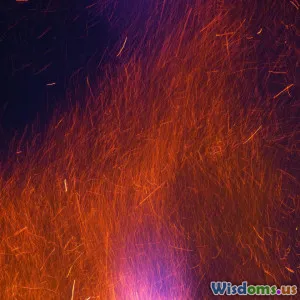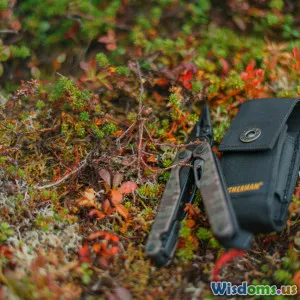Which Is Faster Compasses or Sun Tracking Methods
14 min read Comparing speed and efficiency between compass navigation and sun tracking methods for quick orientation and navigation. (0 Reviews)Compass vs. Sun Tracking: Which Method Leads the Way Faster?
In the world of navigation and orientation, few questions spark as much debate as the choice between using a compass or relying on sun tracking techniques. Both methods have enabled explorers, adventurers, and professionals to find their way through daunting terrain. Deciding which method is faster—and better—requires an in-depth look into the science, real-world use cases, and adaptability of both approaches.
Modern Compasses: Precision and Speed Demystified
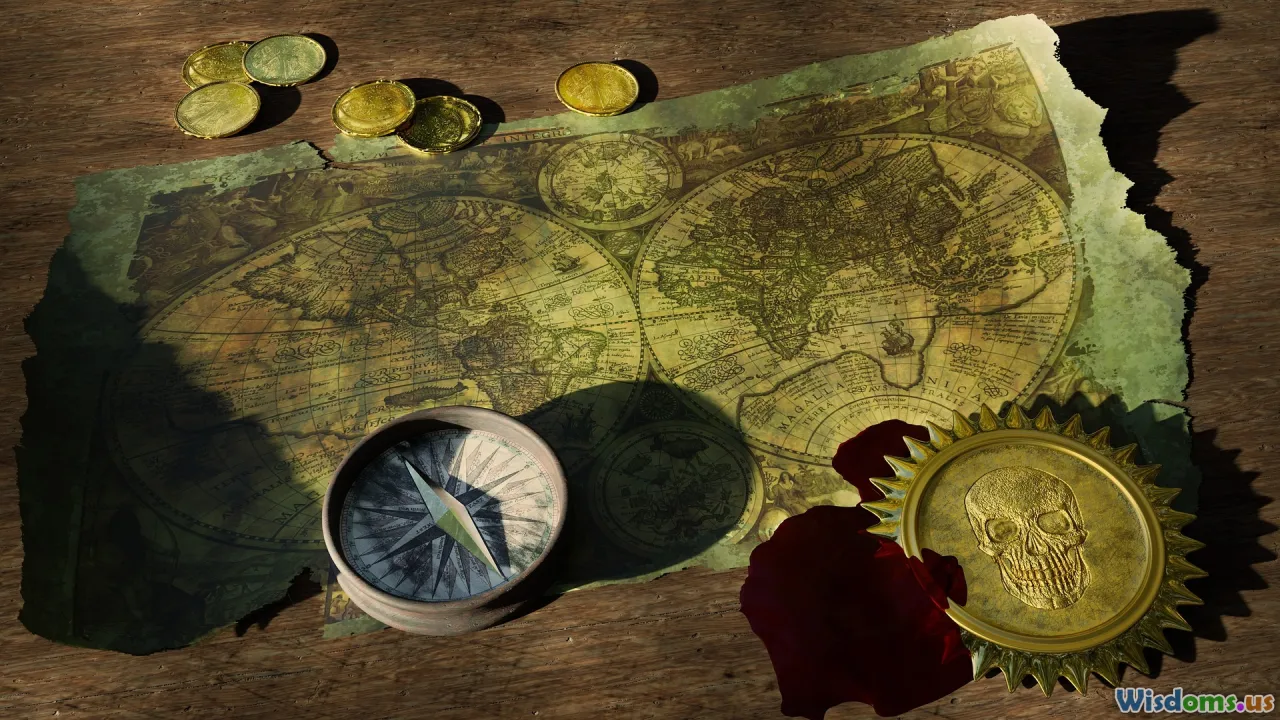
Mechanical and digital compasses have been the backbone of navigation for centuries. With the flick of a wrist, a hiker, mariner, or surveyor can determine direction almost instantly. Modern compasses, ranging from basic magnetic compasses to sophisticated electronic versions, offer speed and reliability in most situations.
How Does a Compass Work?
A standard compass uses magnetized needles that align with Earth’s magnetic field, pointing consistently to magnetic north. Electronic compasses, found in smartphones and GPS devices, utilize magnetometers and sometimes gyroscopes, further enhancing precision and speed of directional readings.
Speed in Practical Use
Professional orienteers and military personnel often choose compasses for their rapid deployment. With a quick glance at the dial, you can instantly set a direction and begin moving. For example, in search-and-rescue situations, compasses save crucial seconds during time-sensitive operations.
Example:
During the 2018 Appalachian Trail Rescue, rangers credited their compass skills for a faster location of lost hikers versus teams guided purely by visual cues, including sun position.
Adaptability and Limitations
While compasses work almost anywhere on Earth, they do require occasional declination adjustments, and their efficiency can drop near large metallic objects or in high latitudes. Digital models can also be affected by magnetic interference but tend to correct errors faster thanks to algorithms.
Sun Tracking Techniques: The Art of Reading the Sky
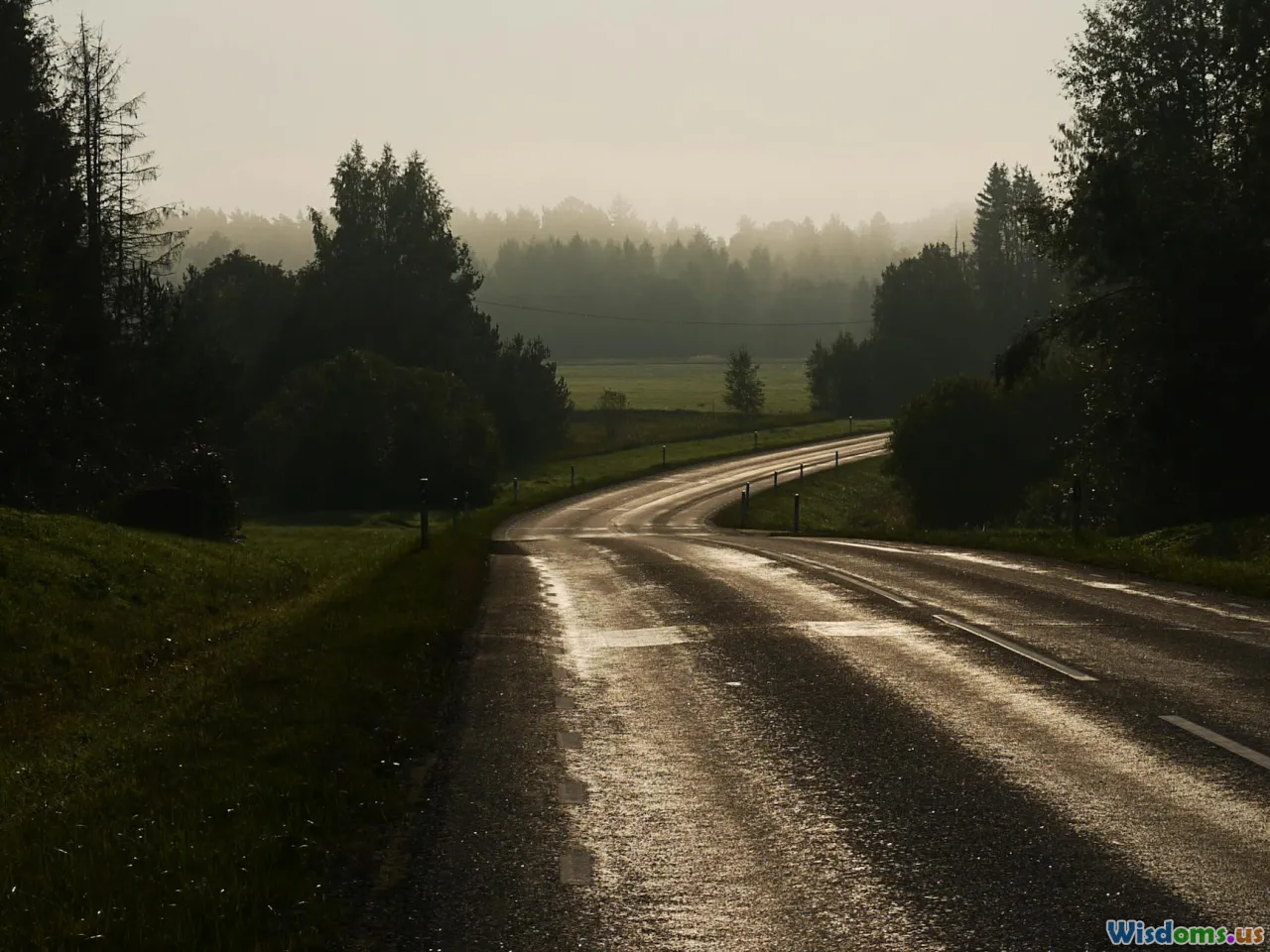
Before the compass ever existed, humans looked to the sky—particularly the sun—to establish direction. Sun tracking methods use the position and movement of the sun relative to local time, casting shadows or noting sunrise and sunset points to deduce cardinal points.
Basics of Sun Tracking
The sun rises roughly in the east and sets in the west. By observing shadow movements—either with a simple stick (shadow stick) or a watch (if analog)—you can quickly find east-west orientation. In the Northern Hemisphere, at noon, the sun is due south; in the Southern Hemisphere, it’s due north.
Quick Method: The Shadow Stick
- Place a stick upright in the ground.
- Mark the end of the shadow (point A): wait 15–20 minutes.
- Mark the new end (point B).
- The line from A to B runs west to east.
Speed Considerations
While ingenious, sun tracking is context-dependent. Establishing a direction using sun shadows usually takes several minutes, requiring one to wait for shadow movement or compute bearing by the time on a watch. In overcast conditions, accuracy and speed decline sharply.
Case Study: In the 2022 Mongolian Altai Argali expedition, teams using sun tracking to orient themselves lost an average of 7–10 minutes versus peers with compasses, especially when sudden weather changes obscured the sun.
Head-to-Head: Compass vs. Sun Tracking in Real Scenarios

While both methods have rich legacies, their performance diverges dramatically depending on environmental context and required speed.
Scenario 1: Dense Forest Navigation
- Compass: Maintains accuracy and speed; overhead canopy has no bearing on performance.
- Sun Tracking: Can be impossible; limited sky view means shadows and direct sunlight are not visible.
Scenario 2: Open Desert or Snow Fields
- Compass: Functions as usual, though metallic mineral deposits or polar latitude may introduce minor errors.
- Sun Tracking: Performs optimally due to unobstructed sunlight, provided the sun’s path is not obscured by clouds or mirages.
Scenario 3: Emergency Survival Situations
- Compass: Immediate use, saving valuable seconds and energy—particularly important in medical or urgent scenarios.
- Sun Tracking: Set-up time and atmospheric variability increase response time.
Insight:
- Compasses excel where urgency and reliability matter.
- Sun tracking can provide backup orientation if no tools are at hand, albeit more slowly.
Technological Advancements: When Digital Meets Traditional
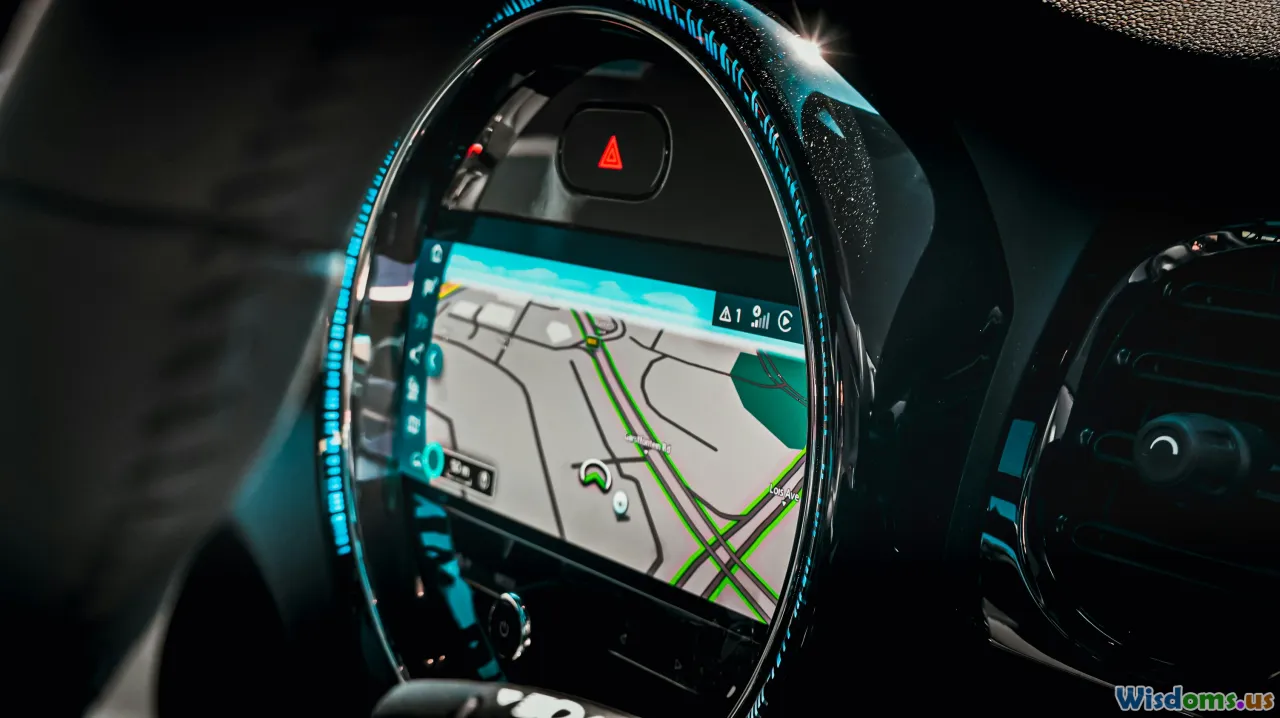
Digital technology now bridges traditional compass reliability and environmental awareness. These innovations offer unparalleled navigational speeds under most conditions.
Smartphone and Wearable Navigation
Nearly all modern smartphones include digital compasses calibrated by accelerometers and GPS, providing direction at a tap. Smartwatches go a step further, combining sun algorithms, altitude, and route prediction—delivering near-instant direction even for those new to orientation.
Example: A solo cyclist on the Tour Divide in 2023 referenced his smartwatch compass to realign his route after poor weather rendered sun tracking impossible; the device recalibrated direction in seconds.
Limitations and Best Practices
Despite the speed and accuracy of digital tools, they are not immune to software glitches or battery failure. Seasoned adventurers emphasize the importance of carrying an analog backup—even if it only comes into play rarely.
Sun Tracking as Survival Art: Building Resilience When Tools Fail
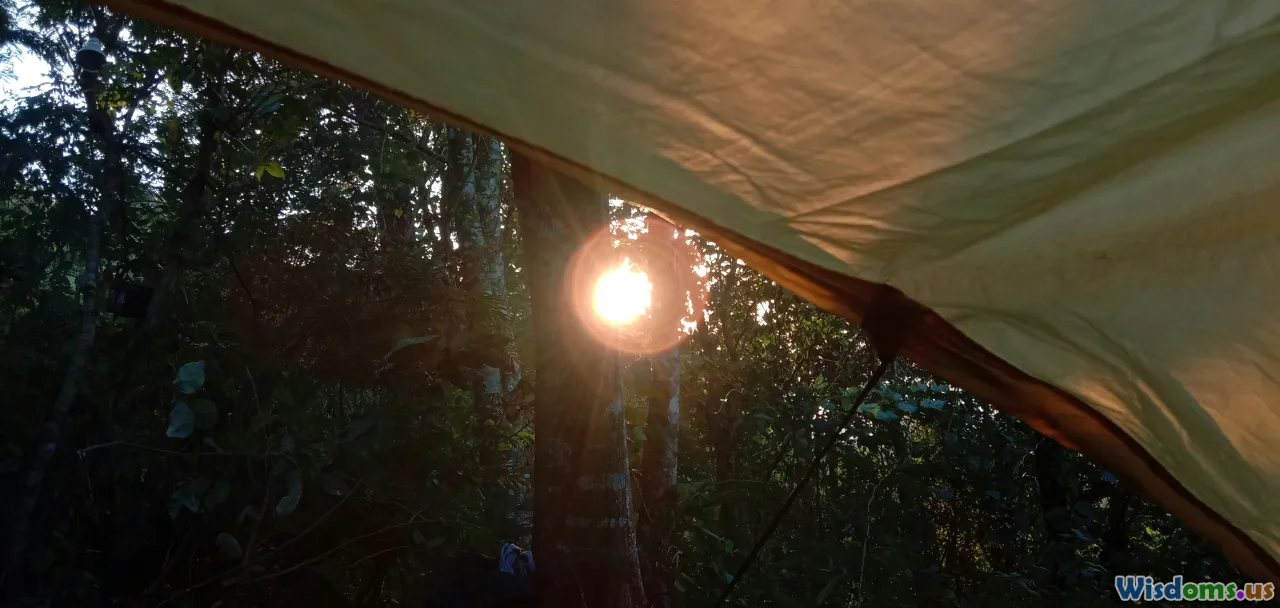
Despite its relatively slow pace, sun tracking remains vital, especially in survival scenarios where no tools or technology are accessible. Mastering this ancient skill grows resilience and complements more rapid methods.
Learning from Nature
Many indigenous cultures have historically used sun and shadow interpretations to traverse vast, unfamiliar terrains. For instance, the Bedouins of the Sahara interpret sun angles throughout the day to navigate dunes, compensating for the lack of visible geographic features.
Actions to Sharpen Sun Tracking Speed
- Familiarity: Study daily sun paths in your environment.
- Practice: Use the shadow stick and watch methods regularly so as to recognize subtle changes more quickly.
- Supplement: Corroborate sun-derived direction with landmarks whenever possible to avoid compounding small errors.
Time, Accuracy, and Reliability: Core Comparisons
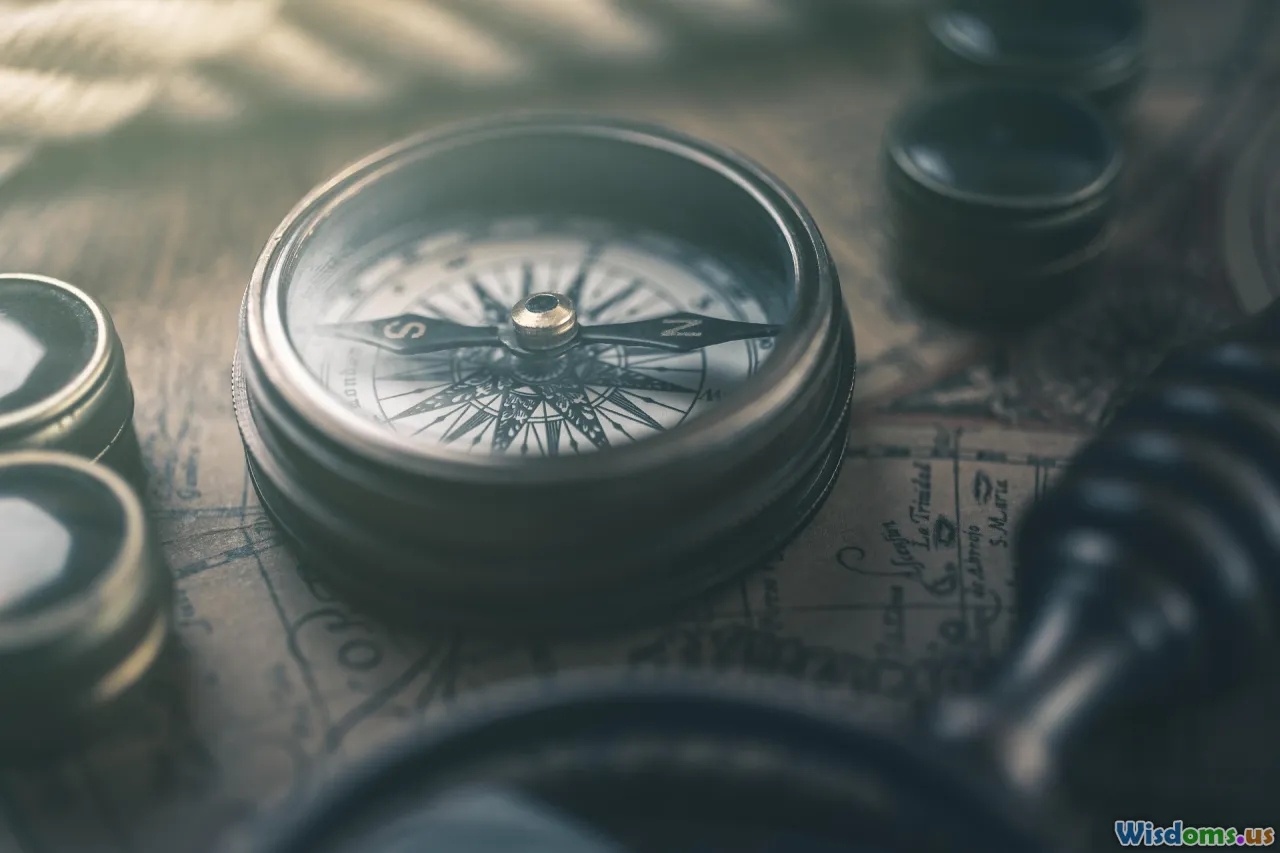
To determine speed, it’s critical to recognize not just the raw time to orient, but also the repeatability and reliability of each method.
| Criterion | Compass Speed | Sun Tracking Speed | Reliability | Ideal Use Case |
|---|---|---|---|---|
| Instant Setup | ✓ | ✓ (most cases) | Dense woods, emergencies | |
| Context-Dependence | ✓ | Variable | Clear open spaces, learning | |
| Tool Free | ✓ | (skills needed) | Unexpected tool loss | |
| Battery-Free | ✓ (analog) | ✓ | ✓ | Long-duration expeditions |
| Training Needed | Minimal | Moderate | ✓ with practice | Off-grid survival |
In general, the compass is consistently faster across most scenarios, offering repeatable “set and go” orientation. Sun tracking requires setup and user estimation, leading to potential delays—even for those well-practiced.
When to Use Which: Practical Guidance for Modern Navigators
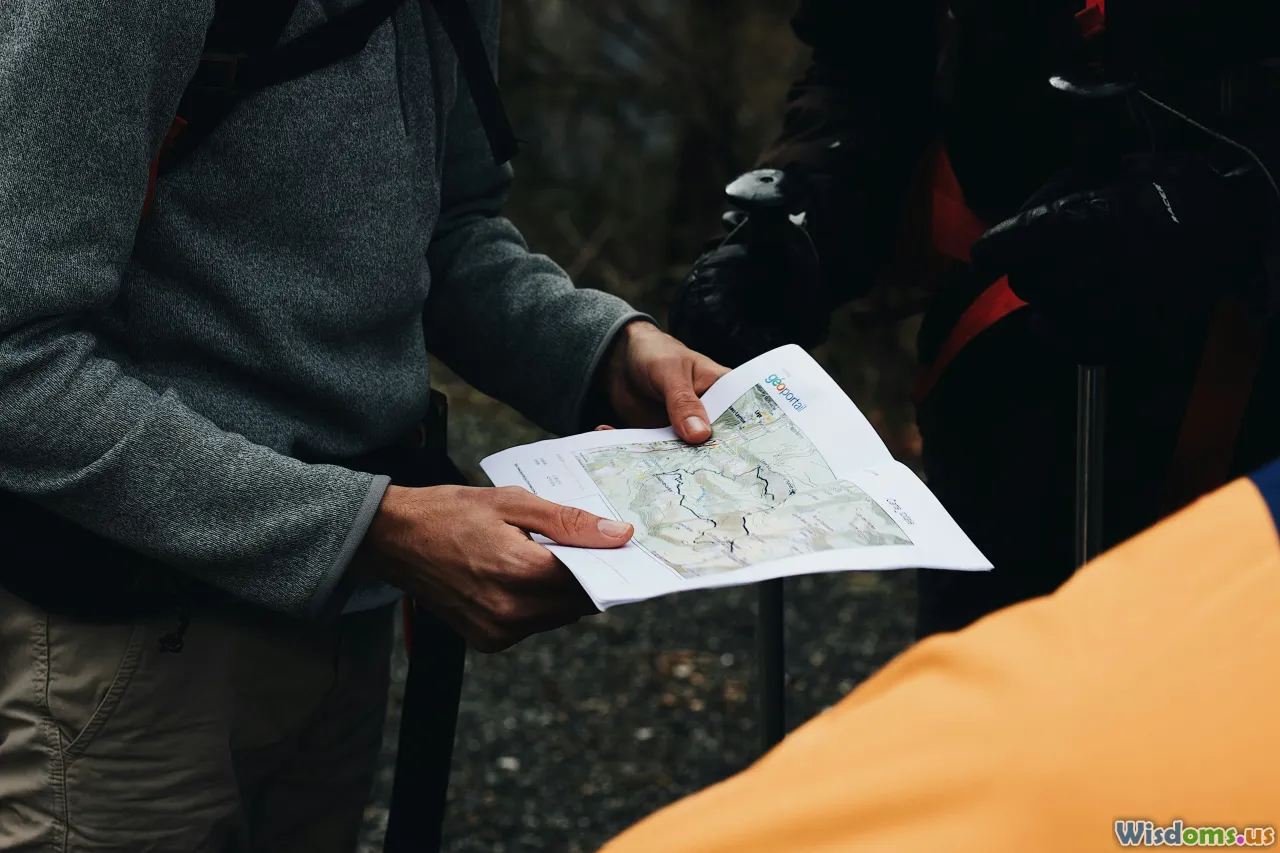
Given these insights, the choice isn’t always binary. Each method has strengths.
Speed Priorities: Reach Destinations Faster
- On time-critical journeys, or when traveling through challenging, featureless, or unfamiliar terrain, compasses are faster and more dependable.
- For learning, skill development, or demonstration of classical techniques, sun tracking is incredibly enriching.
Redundancy: The Smart Navigator’s Secret
Expert adventurers recommend always carrying a compass, with sun tracking as a vital backup skill. This redundancy empowers response to mechanical failures, battery issues, or catastrophic loss of tools.
Field-Ready Tips
- Check Declination: For compasses, always adjust for local variation to avoid cumulative errors.
- Analog Watch Trick: If you’ve got an analog watch, use it with sun tracking for a quicker east-west determination (point the hour hand at the sun; halfway between that and 12 o’clock is south in the Northern Hemisphere).
- Regular Practice: Vary your navigation practice between compass and sun methods to be prepared for all environments.
The Bottom Line: Speed Favors the Prepared
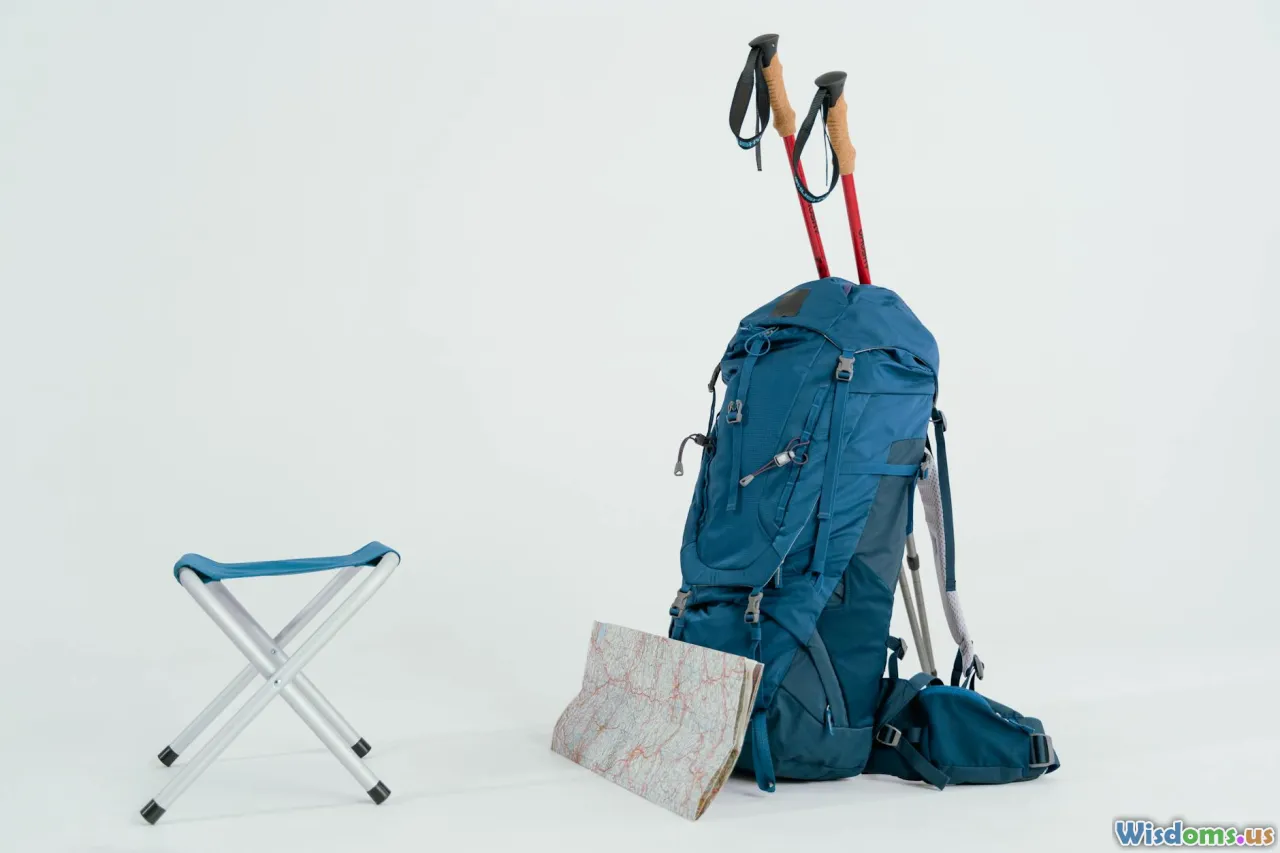
Navigational speed isn’t just about the tools or the sun overhead—it’s about the skills you hone before ever needing them. Ultimately, using a compass is almost always the faster way to orient in most environments, especially under pressure. But knowing how to read the sun remains a powerful backup, a testament to human ingenuity that has proven its worth for millennia. The best explorers trust both—equipped, trained, and ever ready to meet the horizon ahead.
Rate the Post
User Reviews
Popular Posts










